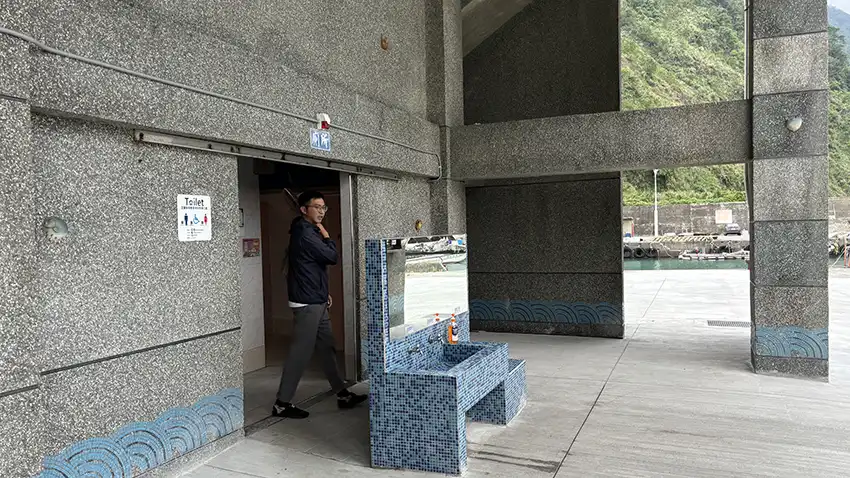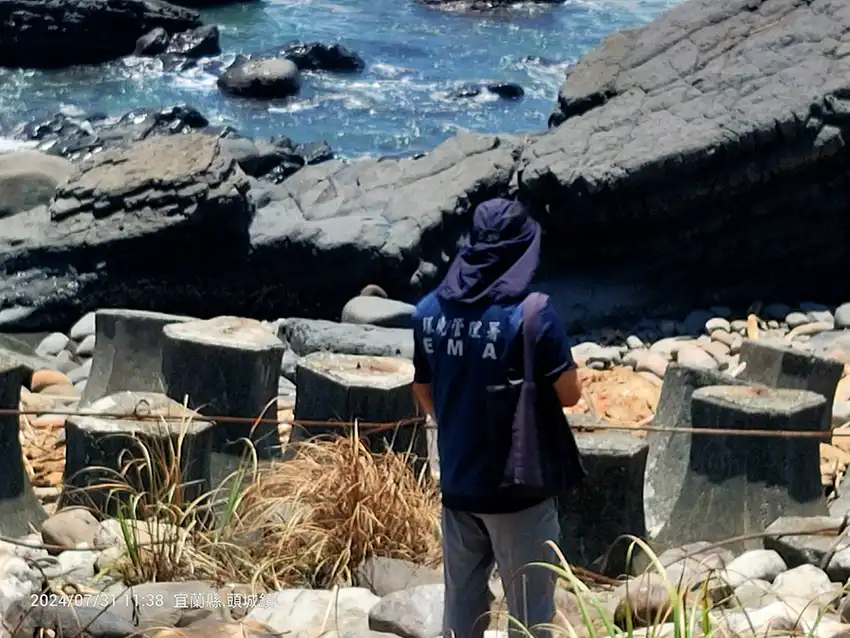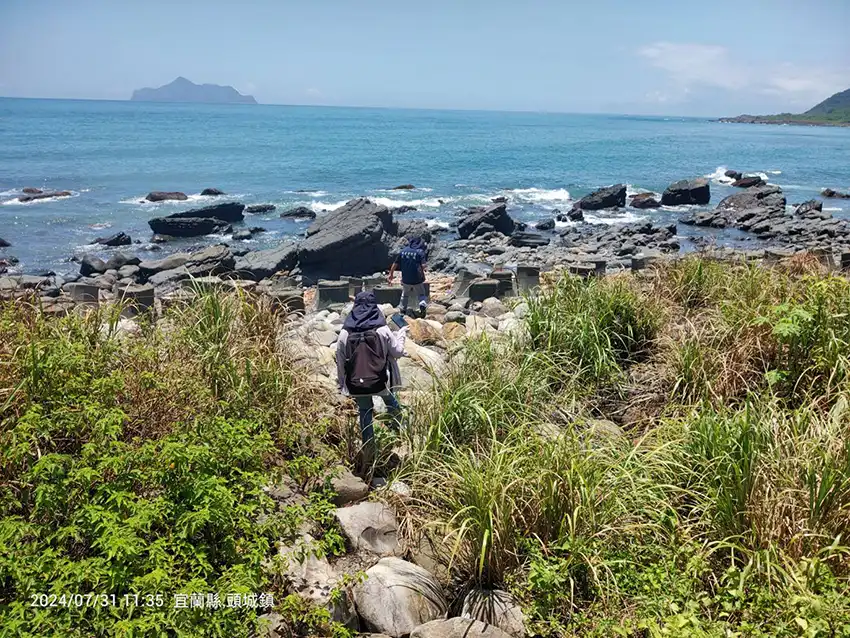 Environmental Sanitation Guidance
Environmental Sanitation Guidance
In modern society, environmental sanitation management is crucial for quality of life and social development. Actively promoting policies on environmental sanitation, cleanliness maintenance, high-quality environment creation, and caring for sanitary workers has become a focal point of concern for all sectors. Environmental sanitation efforts in the Northern Region: the center is responsible for maintaining environmental cleanliness and improving the quality of public restrooms within its jurisdiction, ensuring the cleanliness and sanitation of public spaces. It supervises local governments within the jurisdiction in implementing environmental sanitation maintenance, ensuring the efficient execution of various measures, promoting environmental sanitation management within the jurisdiction to improve unclean areas, reshape environmental aesthetics, and enhance residents' quality of life.
Public restrooms are a key indicator of national environmental sanitation. In coordination with the administration's Quality Environment Program, the Northern Center continuously promotes projects in counties and cities within its jurisdiction to construct friendly and diverse public restrooms, renovate outdated facilities, and integrate local features into restroom designs. In 2025, the center implemented a total of 17 All Gender Restroom initiatives across New Taipei City, Keelung City, Hsinchu County and City, Yilan County, and Hualien County, aiming to beautify the environment and enhance public restroom accessibility, fostering trust in restroom quality for citizens and travelers.
- Constructing friendly and diverse public restrooms: Install accessible amenities and family restrooms etc. to meet the diverse needs of users, improving public restroom convenience.
- Renovating outdated restrooms: Comprehensively renovate older public restrooms to address aging facility issues and enhance comfort.
- Integrating local features: Incorporate elements of local culture into restroom designs to create unique restrooms that enhance their tourism value.
Through these initiatives, the Northern Center aims to improve the overall quality of public restrooms, offering a better experience for both citizens and travelers while promoting enhanced environmental sanitation.


Dengue fever prevention in the northern region is one of the key tasks in environmental sanitation management. Due to regional climatic factors, dengue fever cases are rare in the northern region. To effectively prevent and control dengue fever outbreaks, the following measures have been adopted to safeguard residents' health and safety.
- Environmental cleaning: Regularly clean containers with standing water to eliminate mosquito breeding grounds and ensure sanitation in public and residential areas.
- Awareness promotion: Disseminate dengue prevention knowledge through community events, informational materials, and media coverage to enhance public awareness.
- Vector mosquito monitoring: Establish monitoring points for vector mosquitoes, regularly inspect mosquito density, and take timely preventive measures.
- Emergency response: Develop a dengue fever outbreak response mechanism to ensure swift action and effective control measures when outbreaks occur.
These measures aim to reduce the risk of dengue transmission and safeguard residents' health and safety. Everyone is encouraged to actively cooperate to maintain a healthy living environment. Due to the northern region's climate, dengue fever cases are rare.

The environmental damage caused by natural disasters requires urgent response and recovery efforts. With the increasing frequency and severity of environmental disasters due to climate change, the center actively plans, promotes, coordinates, implements, and supervises related measures, ensuring situational control, provide timely disaster area support, and enhance the effectiveness of disaster response and environmental recovery.
- Notification and compilation: Rotational personnel at each regional center records and reports incidents. These are reviewed by the director and then submitted to the Division of General Planning for further action.
- Coastal inspections: Conduct inspections of unclean coastal areas at designated locations within the center's jurisdiction as directed by the Division of Environmental Sanitation. Upload results of severely unclean sites to the Coastal Cleanup Information Platform.
- Disaster assessment: Assess severely affected counties and cities within the center's jurisdiction to evaluate environmental recovery progress including waste disposal status, rescue equipment and disinfectant deployment, and damaged environmental protection facility repairs.


- Data Source: Northern Center of Environmental Management
- Publish Date: 2024-12-10
- Update Date: 2025-11-17

 Related Topics
Related Topics






